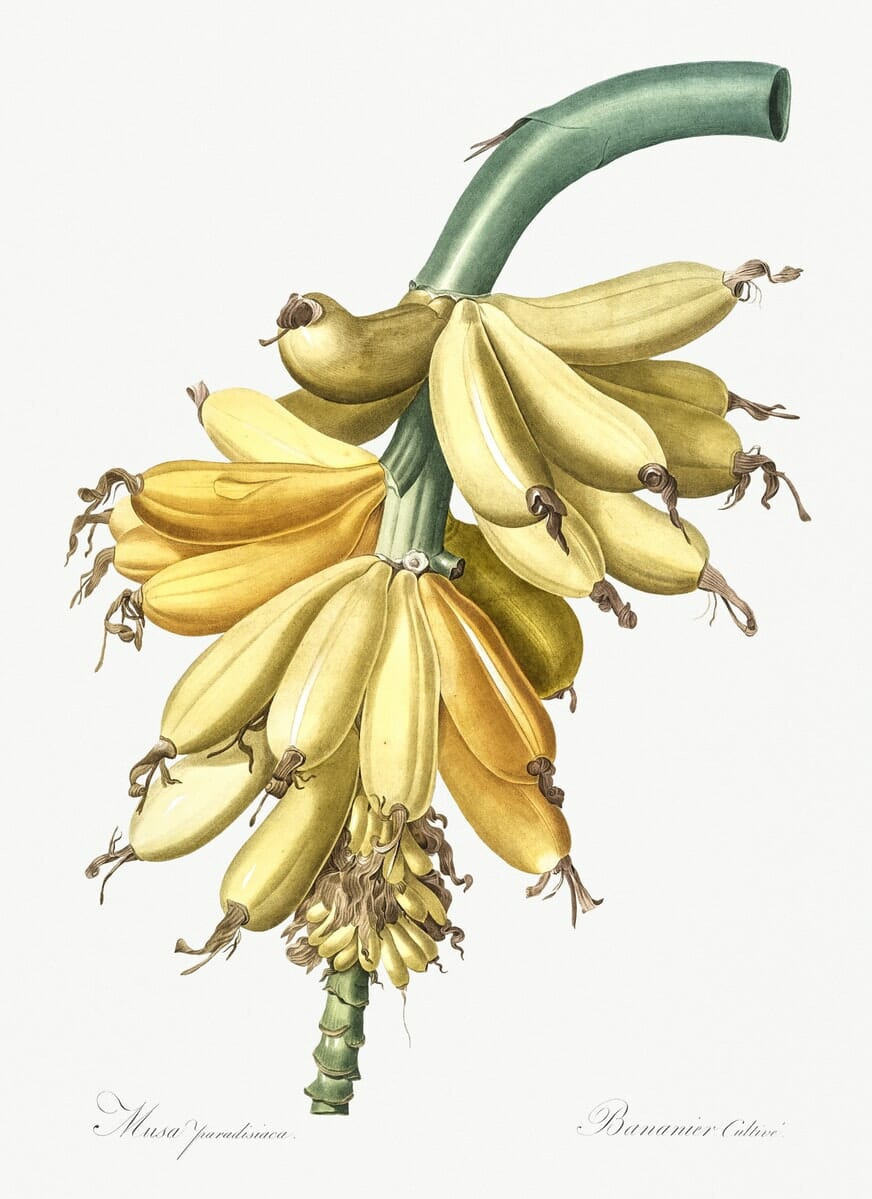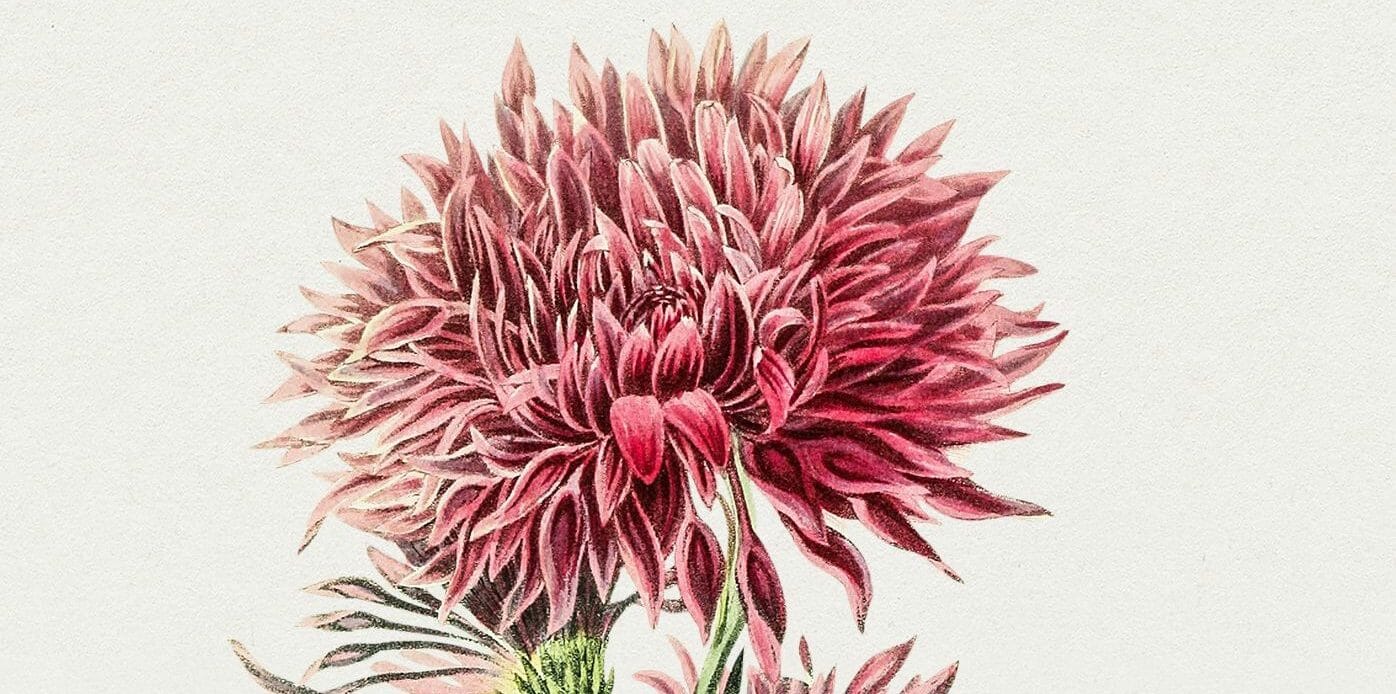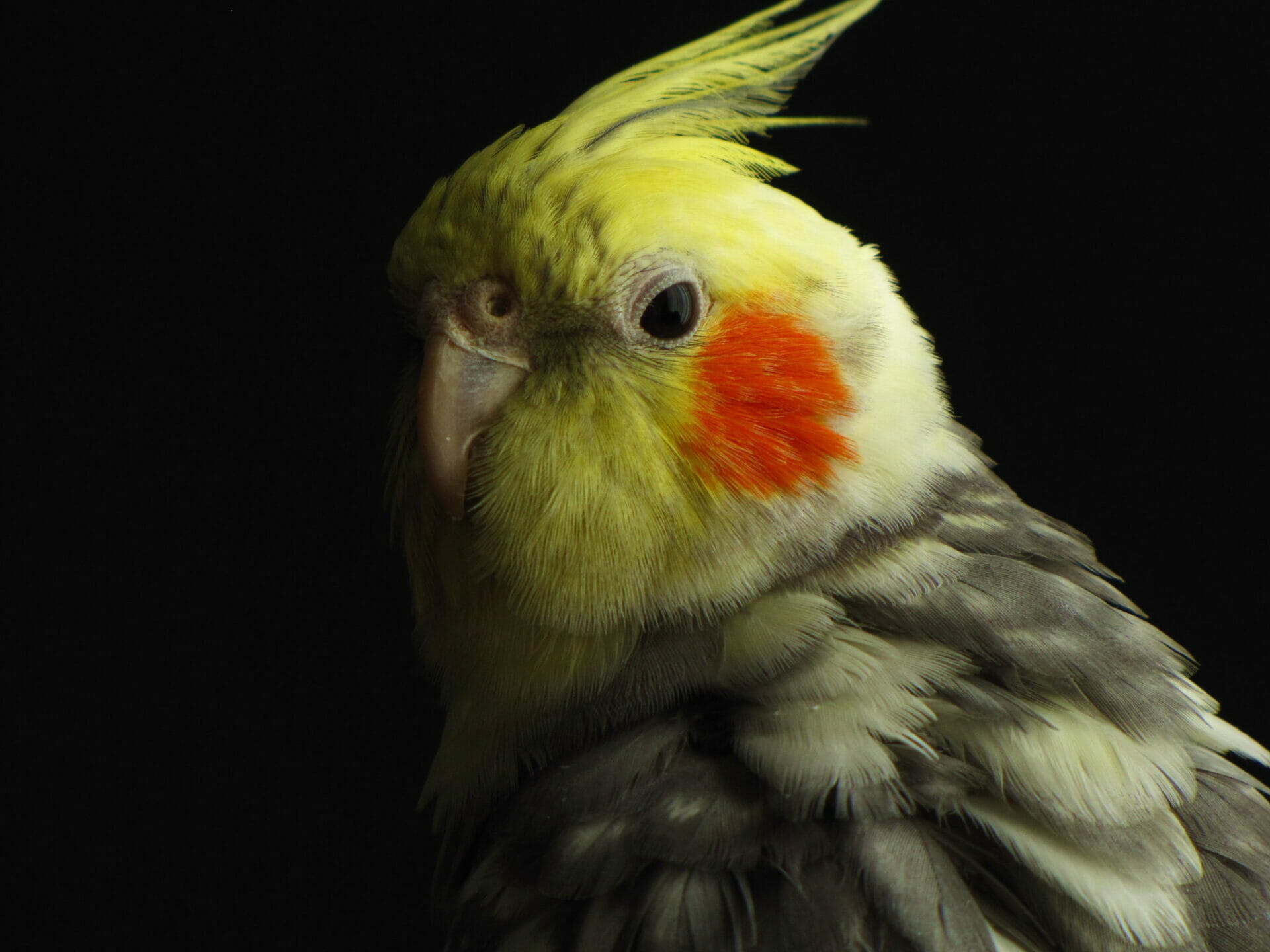
Wanting to Die | Anne Sexton’s lust for precipice
Author
Year
Format
When Anne Wilder, her intimate friend, and alleged lover, asked her about her attraction to death, Anne Sexton replied with a long, heartfelt letter. In the same envelope, as an attachment, there was Wanting to Die, the poem that portrays Sexton’s relationship with suicidal thoughts. This text was included in Live or Die, one of the most famous collections of her literary career. With that book, Sexton was awarded The Pulitzer Prize for Poetry in 1967.
An immersive opening
Since you ask, most days I cannot remember.
I walk in my clothing, unmarked by that voyage.
Then the almost unnameable lust returns.Even then I have nothing against life.
I know well the grass blades you mention,
the furniture you have placed under the sun.But suicides have a special language.
Like carpenters they want to know which tools.
They never ask why build.
Wanting to Die consists of thirty-three verses, divided into eleven tercets. The incipit or opening looks like the answer to a question, likely to be the one Wilder asked in her letter. Some scholars however would add two hypotheses: some argue that Sexton’s interlocutor is her psychiatrist, defining the poem as a literary catharsis; some claim that she structured the text as a prayer to God, given the hints to nature and the biblical relevance of the number thirty-three.
In the first three tercets, Sexton describes her intrusive thoughts as lust. The desire for death is not something rational but an instinct, a sensual magnetism that attracts her even if there are no valid reasons. Sexton herself admits that life has done nothing to deserve such a downgrading: the will to die arises as a pervasive feeling, not as a structured reasoning. The metaphor of the carpenters makes this mechanism explicit: people who commit suicide only ask themselves about the means, not the ideas behind them. And she would know since she made several attempts at suicide during her life.
The promise of death
Sexton introduces an unsettling upheaval in the body of the text: most people, she says, see death as the ultimate enemy, a sad bone, as she says, but whoever gets close to it knows that in fact, it can be sweet and promising. Dying can become a drug, a passionate rush, something to long for. As Edgar Allan Poe said in his tale The Imp of the Perverse: “There is no passion in nature so demoniacally impatient as that of him who, shuddering upon the edge of a precipice, thus meditates a Plunge.”
Balanced there, suicides sometimes meet,
raging at the fruit, a pumped-up moon,
leaving the bread they mistook for a kiss,leaving the page of the book carelessly open,
something unsaid, the phone off the hook
and the love, whatever it was, an infection.
The end of Wanting to Die suggests that bitterness belongs not to death but to life. Life, which appears full of possibilities and flattery, is a prison, and death can free anyone from its illusions. Love is listed as one of the most vicious manifestations of life because it is a feeling easy to cling to, something that apparently makes the pain more bearable. But death can come and save anyone from this unhealthy bond and show the true face of love: an infection to get rid of and then abruptly to forget.
The only true confessional poet
Sexton’s language is straightforward, even if it has a few peaks of symbolism and cryptic passages. This literary style is common among the authors of so-called “confessional poetry,” a form of post-modernism that originated in the USA around 1950. This poetic movement found its center in the expression of the self, personal traumas, and taboo topics such as mental illness, sexuality, or suicide. Notable exponents were Robert Lowell, John Berryman, and Sylvia Plath, although Sexton described herself as “the only true confessional poet.” However, Plath in particular had a lot in common with Sexton, and she also addressed the topic of suicide in her poem Lady Lazarus.
It is perhaps because of this literary trend that Sexton started to write poetry in the first place. Her psychiatrist, Martin Orne, suggested writing could help her process her painful discomfort. Unfortunately, that was not enough. Neither therapy nor poetry succeeded in keeping her away from her precipice. In 1974, at the age of 46, Sexton put on her mother’s fur coat, poured herself a glass of vodka, and locked herself in the garage after starting the car engine. Since then, Wanting to Die has been considered one of her poetic suicide notes.
Tag
Buy a ☕ for Hypercritic










